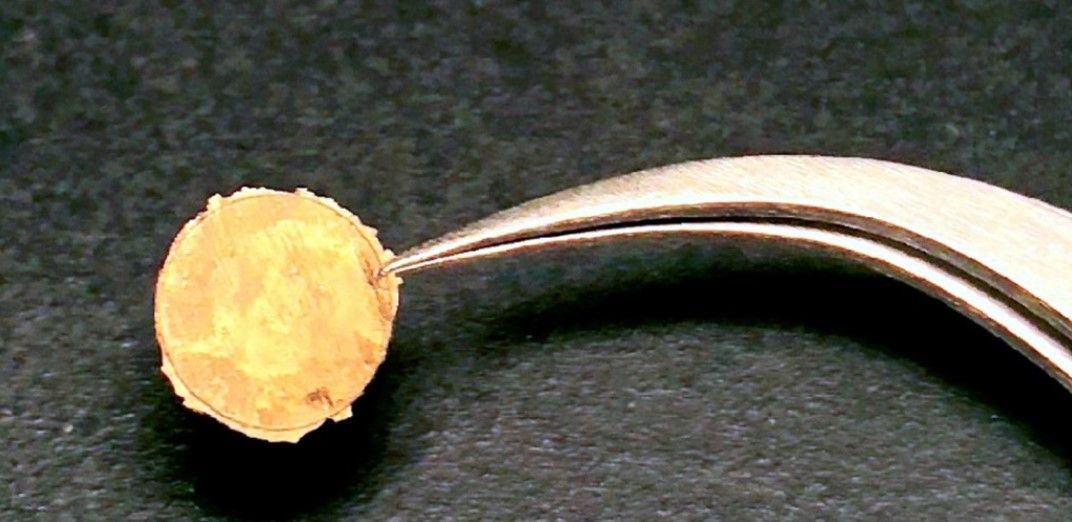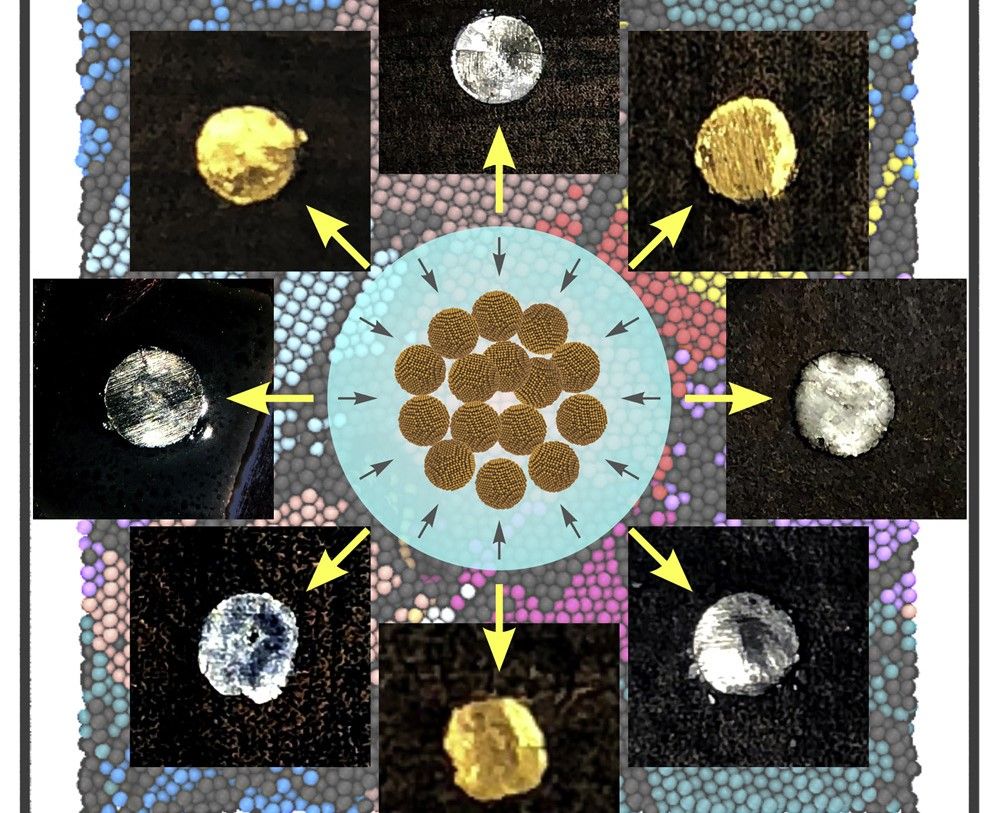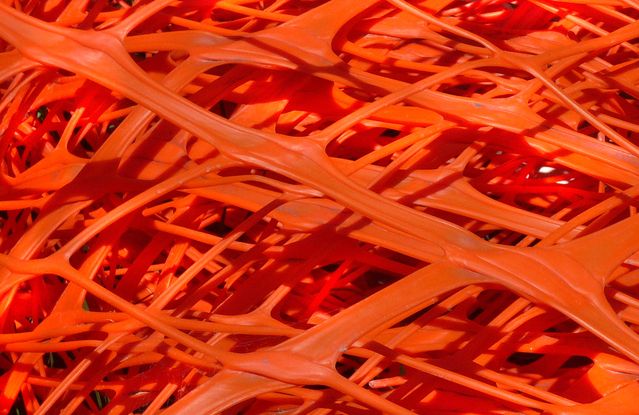Mankind has always tried to improve the materials around him. Making metal stronger by rolling it, heating it, hammering it, or making alloys. Making ceramics stronger with glazes and kiln-firing processes, reinforcing concrete with steel or toughening glass by tempering.
Nanotechnology is now taking this to the next level with new processes to enhance the strength of metals and plastics.
For example, at Brown University in America researchers have found, “a method for smashing individual metal nanoclusters together to form solid macro-scale hunks of solid metal.” With the university press release noting that, “the metals manufactured using the [new] technique … were up to four times harder than naturally occurring metal structures.”

“Hammering and other hardening methods are all top-down ways of altering grain structure, and it's very hard to control the grain size you end up with,” said Asst Prof. Ou Chen, one of the study’s authors. “What we've done is create nanoparticle building blocks that fuse together when you squeeze them. This way we can have uniform grain sizes that can be precisely tuned for enhanced properties.”
“The key to the process,” explains the nanotechnology journal Nanowerk, “is the chemical treatment given to the nanoparticle building blocks. Metal nanoparticles are typically covered with organic molecules called ligands, which generally prevent the formation of metal-metal bonds between particles. Chen and his team found a way to strip those ligands away chemically, allowing the clusters to fuse together with just a bit of pressure.”

Using this technique, allowed the research team to make centimetre-sized discs from nanoparticles of silver, gold, palladium, and other metals – although the team believe that the process “could be used to make any kind of metal”.
While a piece of metal this size has limited uses, perhaps on electrodes, high-performance coating compounds, or in thermoelectric generators which convert heat change into electricity, the team are confident that scaling up the process could easily be achieved. This would allow for the production of industrial components or super-hard metal coatings.
“The chemical treatment used on the nanoclusters is fairly simple, and the pressures used to squeeze them together are well within the range of standard industrial equipment,” said Chen, “We think there's a lot of potential here, both for industry and for the scientific research community.”

While this nanomaterial discovery is only just beginning to find a commercial application. Researchers applying nanotechnology processes to plastics are already doing business.
“Polymer nanostructure technology enables the modification of a wide range of plastics (including PC, PP, PE, PA6, PET, PET-G and others), both the modification of the material in its entire volume and the modification of the surface for more efficient use of nanoparticles,” explains Lev Lyapeikov, a nanoproduct development manager. “The use of nanomaterials with a particle size in the nanometer range requires thorough preparation of the nanoadditive and pure polymer, as well as the use of special technology of two-phase modification.”
Lyapeikov works at NANO CHEMI GROUP, a Prague-based supplier of industrial raw materials with over 25 years of experience providing industrial feedstock to companies such as Henkel, Volkswagen, and Sabic.

Today the company (which hosts this website), has expanded its portfolio to include nanomaterials to help meet growing demand in this sector. The process described above having been developed and tested by the company.
Working with nanomaterial researchers from Hamburg University of Technology (TUHH) and the Academies of Science in both Prague and Kiev, AG CHEMI GROUP has now gained patents for several cutting-edge processes which improve the strength, chemical stability, and crack resistance, as well as the thermal and electroconductivity of plastics.
“One of the many examples of the use of this technology is the volume modification of polymers using pre-modified nanoparticles which means that it is now possible to modify powder and granulate, as well as a whole range of resins,” explains Lyapeikov, who also notes the processes ability to use recycled plastic feedstock. “Nanostructure technology allows 100% modification of secondary raw materials, both in order to maintain the conventional properties of materials at the required level (for example, impact strength) and in order to obtain new material properties (for example, obtaining thermally or electrically conductive plastics).”
Nanomaterials have long been promised as the industrial ingredients to revolutionise manufacturing in the 21st century. It was a technology to change our world by making everyday products better and cheaper.
Slowly, it seems that researchers from America and raw material suppliers from Prague are showing that these predictions to be coming true.
Photo credit: Kranich17 from Pixabay, Chem, Jenny Rollo from FreeImages, & feiern1 from Pixabay
